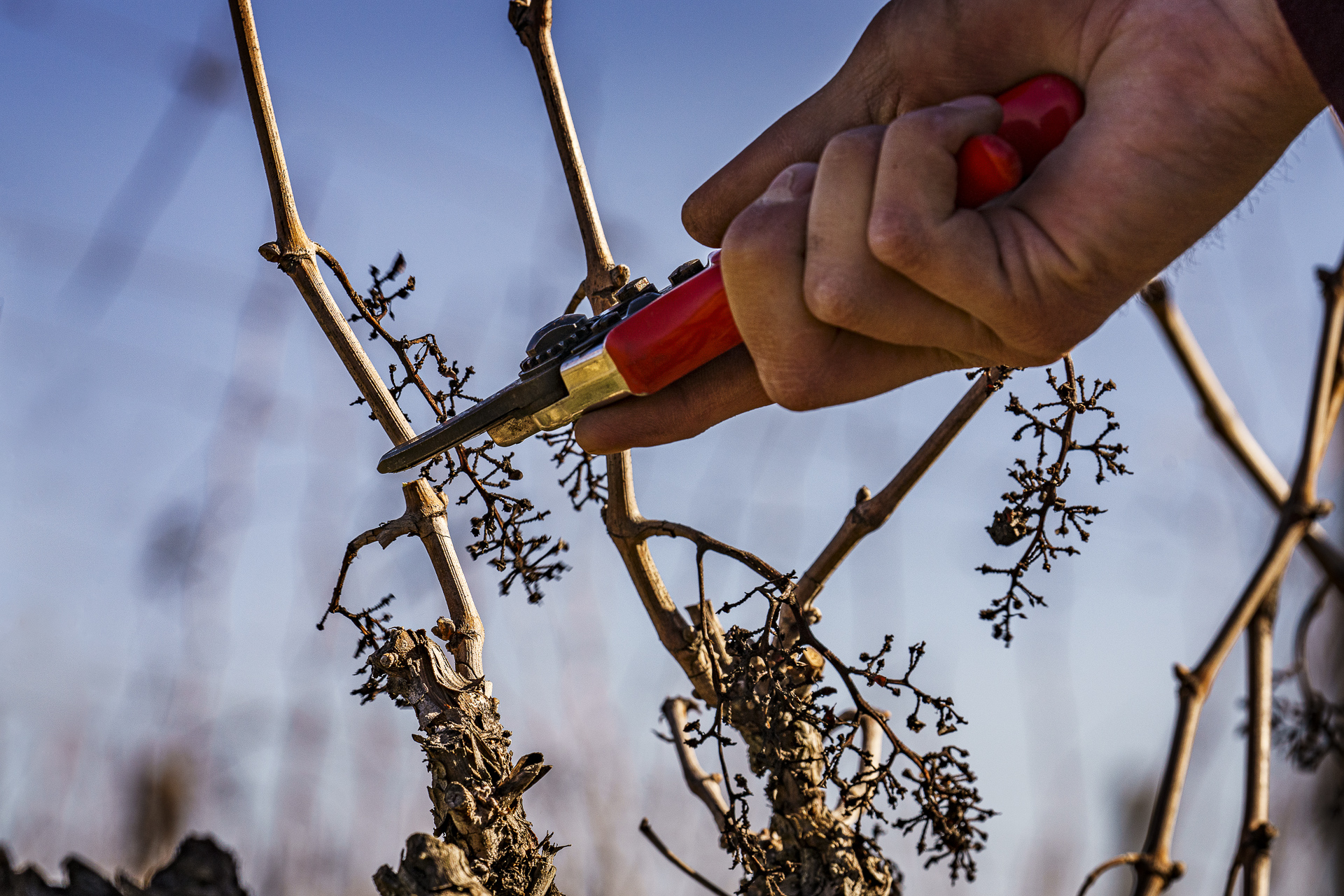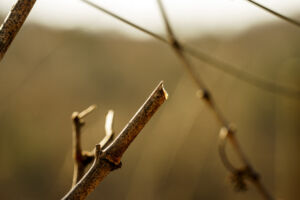
[vc_row][vc_column][vc_column_text]Springs means intense work on the estates: a new season begins both in the vineyard and in the cellar.[/vc_column_text][vc_column_text]
[/vc_column_text][vc_column_text]
Dry pruning continues on all our estates. After the late vines, such as Cabernet Sauvignon and Merlot, which usually begin sprouting late and thus their harvest is postponed, it is now time to prune the vines that may be more subject to frost damage because they sprout earlier, such as Chardonnay. Pruning is done differently depending on the vine training system.
[/vc_column_text][vc_gallery type=”image_grid” images=”3350,3352″ img_size=”300×200″][vc_column_text]
[/vc_column_text][vc_column_text]
[/vc_column_text][vc_gallery type=”image_grid” images=”3354,3356″ img_size=”300×200″][vc_column_text]
[/vc_column_text][vc_column_text]
 As temperatures rise, the vine restarts its vegetative growth and, from the cuts deriving from pruning, the sap that helps “healing” comes out. This is the so-called “Weeping of the Vine” which marks the start of the new season.
As temperatures rise, the vine restarts its vegetative growth and, from the cuts deriving from pruning, the sap that helps “healing” comes out. This is the so-called “Weeping of the Vine” which marks the start of the new season.[/vc_column_text][vc_column_text]
[/vc_column_text][vc_column_text]
[/vc_column_text][vc_single_image image=”3360″ img_size=”300×200″][vc_column_text]
[/vc_column_text][vc_column_text]
[/vc_column_text][vc_column_text]
[/vc_column_text][vc_column_text]In the meantime, in the cellar, the barrels are cleaned after bottling. This operation involves the use of a burning sulphur wick hanging from an iron wire to avoid coming into contact with the wood. The wooden barrel is then capped to ensure that the flame consumes oxygen. In this way, elements that could negatively affect the quality of the wine will not be created inside the wooden barrels.[/vc_column_text][vc_single_image image=”3362″ img_size=”300×200″][/vc_column][/vc_row]